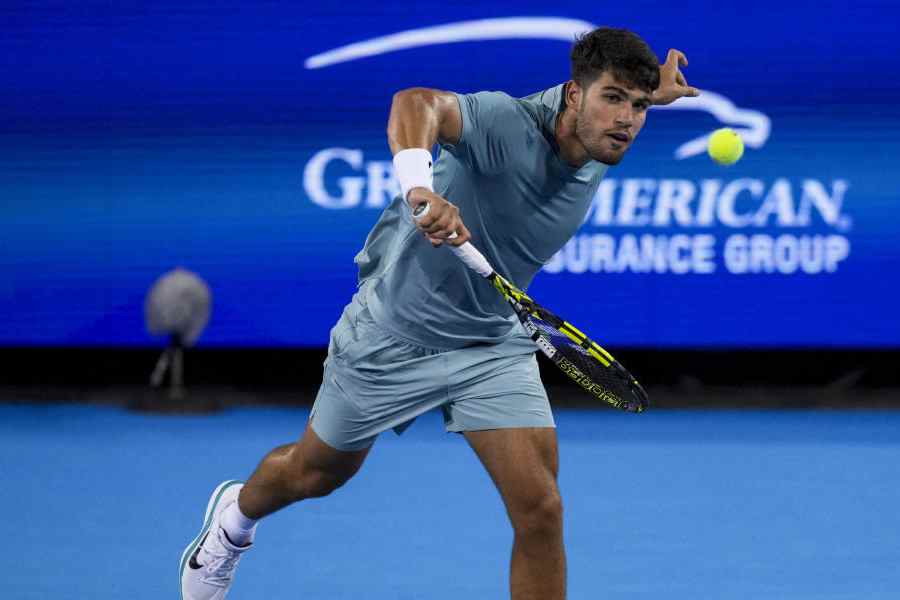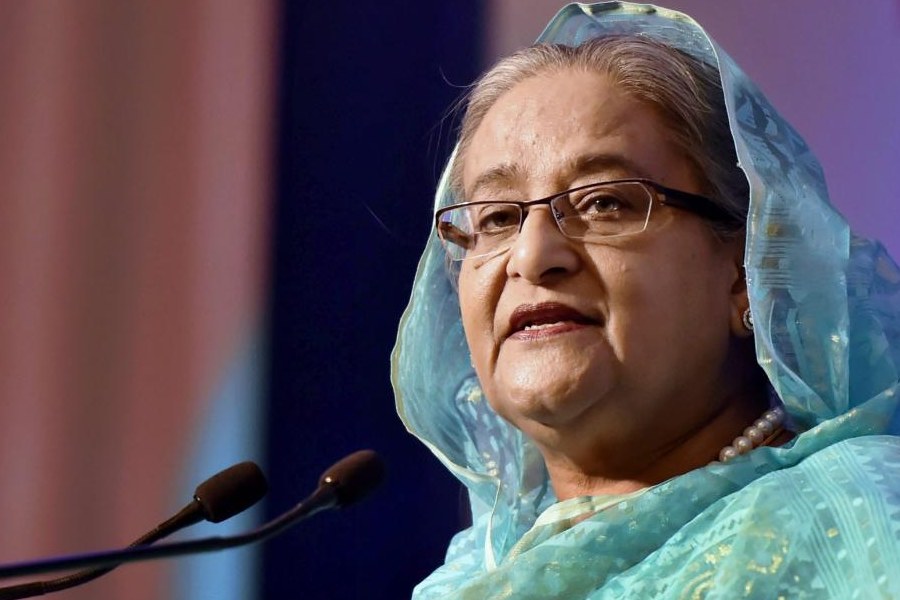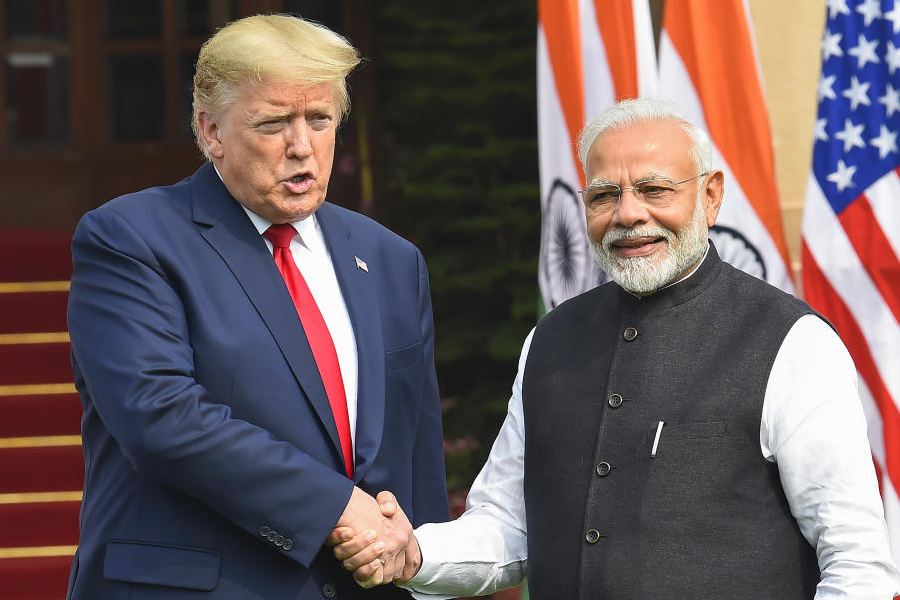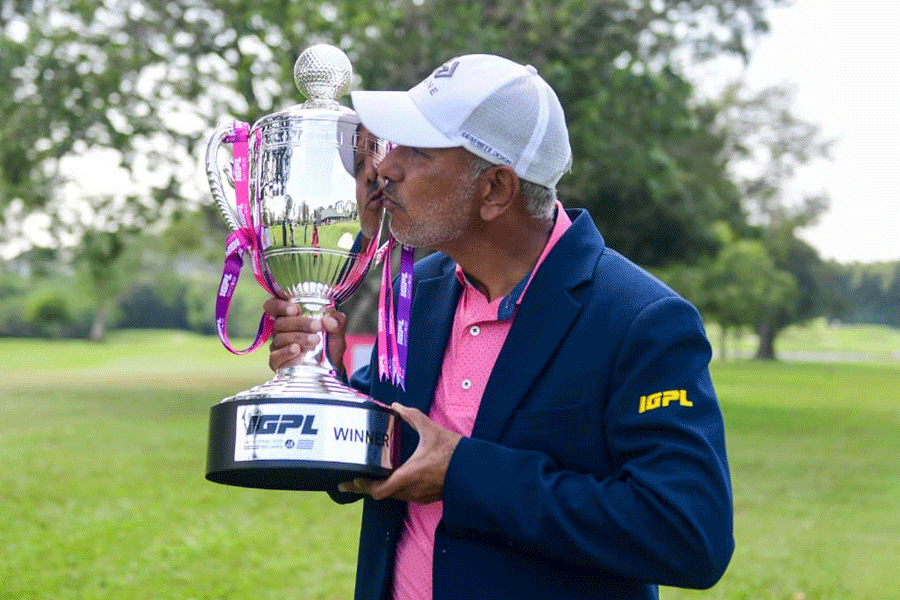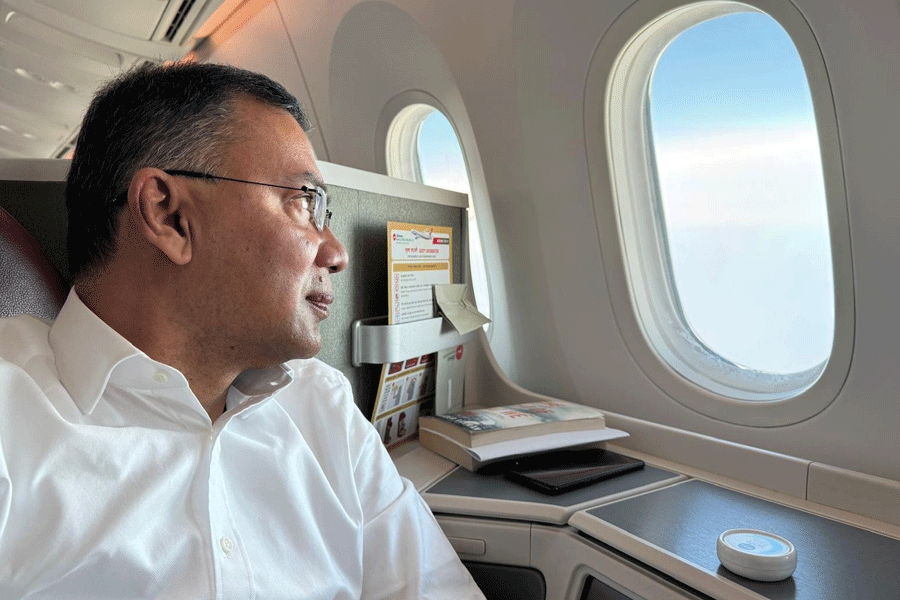In a tradition-busting move, the US Open has decided to revamp the mixed doubles competition, creating an opportunity for the big names to take part in what has till now been a rather overshadowed part of any grand slam.
Mixed doubles has its roots in the late 19th century, primarily as a social activity in England.
It was often a platform for social interaction and an opportunity to mingle. Gradually it gained in status as a competitive event and was introduced in grand slams.
The mixed doubles was introduced at the US Open in 1892. It made its appearance at the French Open in 1902. The traditionalists at the Wimbledon opened the door to this format in 1913.
The Australian Open was the last to add it to the schedule, in 1922.
However, even today, it is seen as less important than the singles or the main doubles events. And it is rare to see the top singles players participating in mixed doubles, with schedules clashing with their singles commitments.
While purists may look at the reimaging of the long-overshadowed event as a glorified exhibition, the fact that it has attracted top players (who normally give mixed doubles a miss) shows that the organisers are onto something exciting.
Add to that a prize purse of $2,360,000 and things already look promising. The winning team will take home $1 million.
However, this obvious reaching out to top singles players to add to the star value may not go down well with doubles specialists of the sport.
The USTA, in a press release, had said: “The goal is driving greater awareness for this storied competition, giving fans both in attendance and across the globe the opportunity to see tennis’ biggest stars — both men and women — compete side-by-side for a US Open Grand Slam title.”
Schedule
The event will take place on Tuesday and Wednesday of the qualifying week (August 19 and 20) and matches will be played at the Arthur Ashe Stadium and Louis Armstrong Stadium. The first and second rounds will be played on Tuesday, while the semi-finals and final take place on Wednesday. This will allow top singles players to participate in it and then concentrate on the ‘main’ tournament.
The new format
The matches will be composed of best-of-three sets, with sets up to four games and no advantage in games that reach a score of deuce (40-all). That means the winner of the next point wins the game.
If each team has won four games in a set, a tie-break will be played. If the teams split sets, a 10-point match tie-break will be played in lieu of a third set.
The first team to win 10 points, with an advantage of two or more points, will win the match.
The final will be a best-of-three set match with sets up to six games, no-advatage, and a 10-point match tie-break in lieu of a third set if teams split sets.
If the teams split games in a given set, they will have to play a tie-break.
16 teams
There are 16 teams in the fray. Eight teams got direct entry based on their combined singles rankings and eight others got wild cards.
World No. 1 and defending US Open men’s singles champion Jannik Sinner, originally entered with Emma Navarro (who withdrew), re-paired with 10-time grand slam women’s doubles champion Katerina Siniakova. They received a wild-card entry.
Jasmine Paolini withdrew after advancing to the Cincinnati Open final. Her previous partner, Lorenzo Musetti, re-paired with Caty McNally. They received a wild-card entry.
Two-time US Open women’s singles champion Naomi Osaka and former US Open men’s singles semi-finalist Gael Monfils also received a wild-card entry into the
field.
World singles No. 6 and reigning Australian Open women’s singles champion Madison Keys and world No.14 and two-time
Frances Tiafoe received direct entry based on their combined singles ranking on July 28. World No. 11 Andrey Rublev and No. 14 Karolina Muchova also received direct entry based on their combined singles ranking on July 28.

